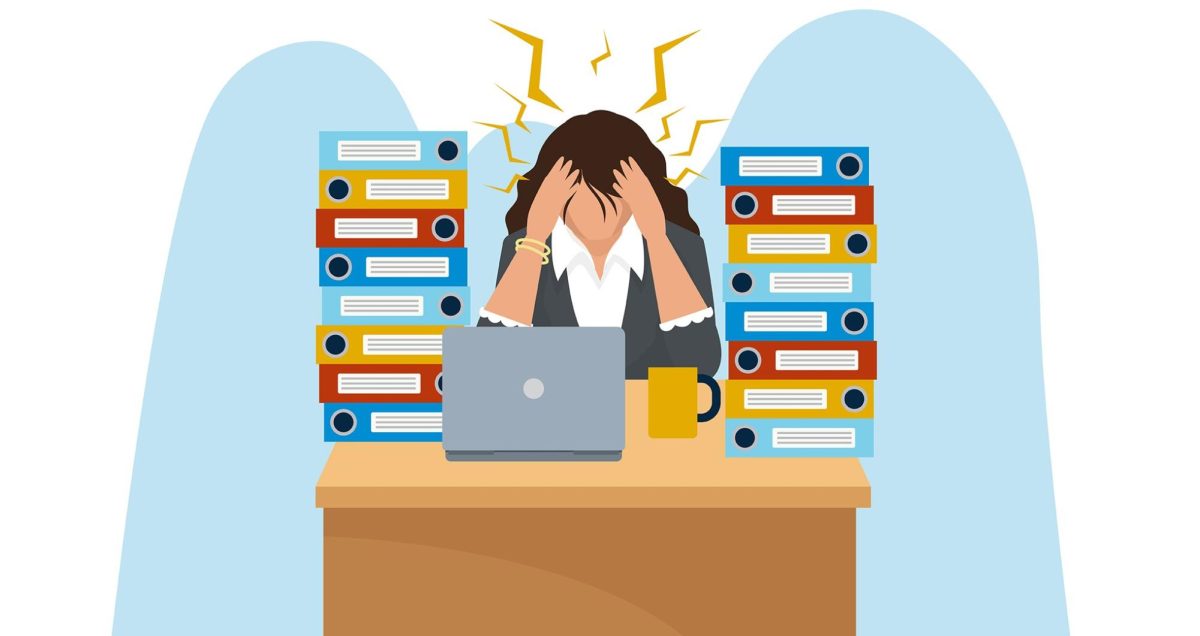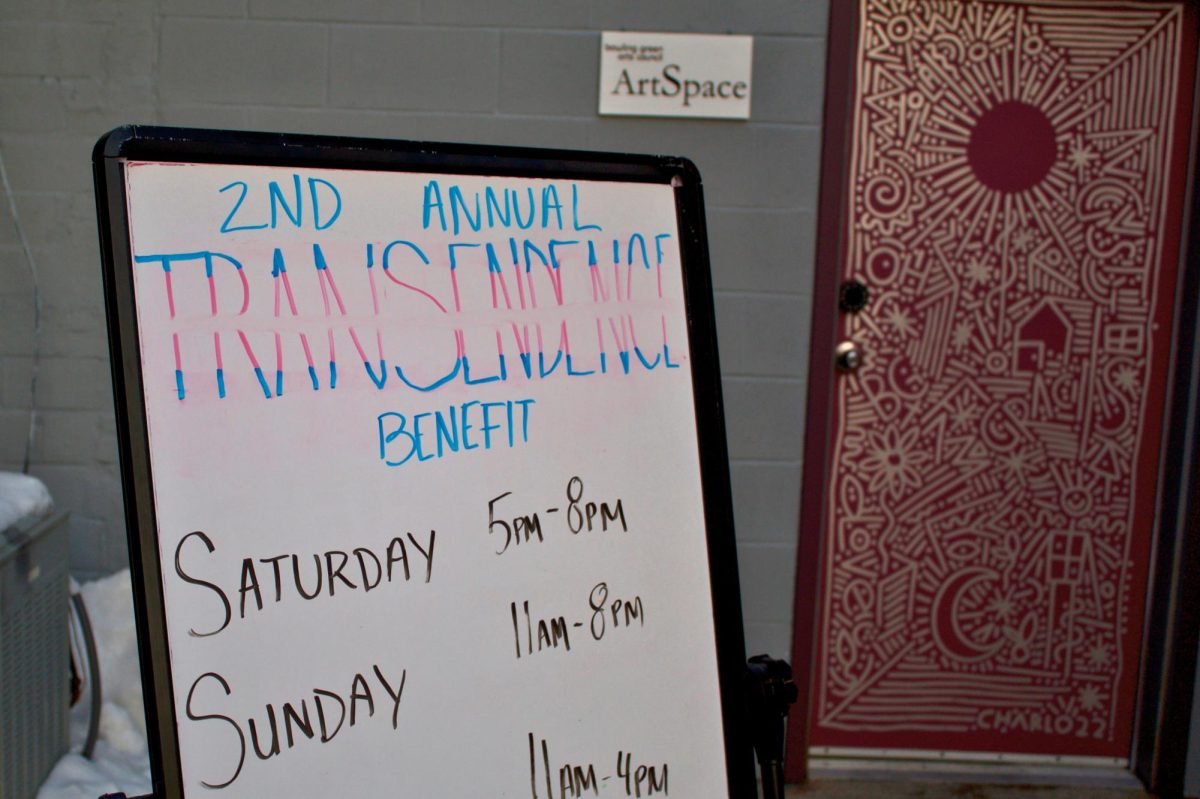Have you paid your taxes?
Tax Day—Tuesday, April 15––is the deadline to file your income taxes. Late or unpaid taxes may be charged an additional penalty of 5% per month.
Pete Bahner, an adjunct economics professor, spent 35 years in the financial services business. He is experienced in financially counseling professionals and students alike.
For those that feel fuzzy about filing taxes, Bahner breaks down the process.
“Just look at a very simple, online company. Go in and enter your W2s and your 1099s, and it’s going to figure out what you owe immediately…It is going to walk you through it and do it for you,” Bahner said. “You just want to make sure you have all the correct documents. The vast majority of these websites aren’t going to charge you much money.”
Bahner names TurboTax, H&R Block and TaxSlayer as commonly used services.
Bahner notes that personal finances is “one of the most popular classes on college campuses,” not just for business majors but those who want to improve their fiscal futures. In Bahner’s personal financial planning class, he says that around 80% of students take the class just to learn.
He also directs students to the guidance of Certified Public Accountants (CPAs) and qualified tax accountants.
The means in which you use these resources may differ based on your income level.
“Once you earn income, there are taxes due. There are seven different tax brackets; they go from 10% all the way up to 37%. Most likely, a college student is going to be in a 10-12% tax bracket. But that doesn’t mean they’re going to pay 10-12%,” Bahner said. “Depending on what information you look at, between 40-57% of all households in the United States pay zero taxes in federal income tax…So, I don’t expect any student really to get crushed on taxes…and some get money back, even more than they put in.”
Bahner elaborates on how students can receive the most from their taxes through deductions.
“You can write off deductions. You can write off interest, up to $2,500 a year. So, if you’re paying a non-subsidized student loan and you have $2,500 in interest you paid this year, you can write that off,” Bahner said.
A deduction reduces how much money the IRS can tax. Students can deduct the interest of their student loans, so their income being taxed can be reduced by up to $2,500.
Credits, unlike deductions, actually reduce the amount of taxes due. Students can receive refunds of thousands of dollars through programs like the American Opportunity Tax Credit and the Lifetime of Learning Credit.
“The American Opportunity Tax Credit, AOTC, allows you to write off up to $2,500 of credit. The Lifetime of Learning Credit is up to $2,000 per year per family. A credit is: if you made $10,000 and you owe $500, they will actually give you a credit of up to $2,500. So, you will actually get a refund of $2,000 even though you didn’t pay,” Bahner said. “If you have the opportunity to get a deduction or a tax credit, you want the tax credit. You’re actually getting money back rather than just reducing what you owe.”
As Bahner steers students towards tax credits, it is important to note the requirements.
The AOTC reimburses for tuition and fees only but is refundable even if you do not pay taxes, while the Lifetime of Learning Credit is 20% of up to $10,000 in qualified expenses and fees.
According to the IRS, students eligible for AOTC must be pursuing a degree, enrolled at least half time for at least one academic period, not have finished the first four years of higher education, not have a felony drug conviction and not have claimed AOTC for more than four years. Students also need to receive a 1098-T Tuition Statement form.
Receiving these refunds is not as overwhelming as it seems. Ultimately, Bahner emphasizes the value of financial literacy, especially saving from a young age.
“As soon as you can, start saving. When you’re not in a high tax bracket, put away as much money as you can. File your taxes. Always make sure your taxes are paid, and do it in a timely fashion,” Bahner said.




















